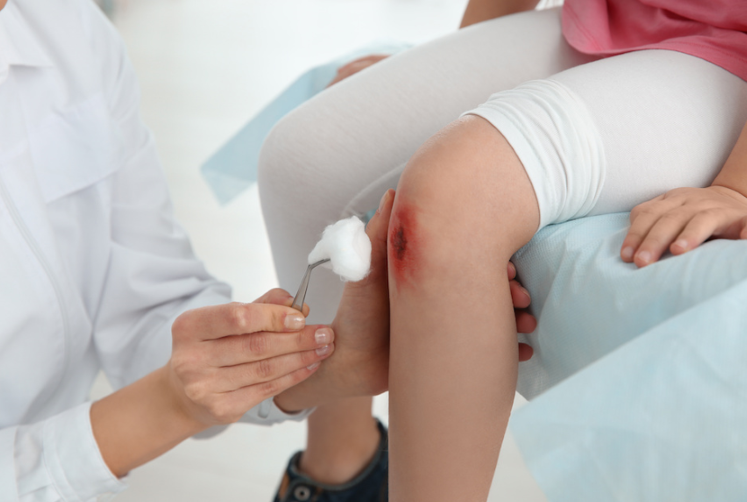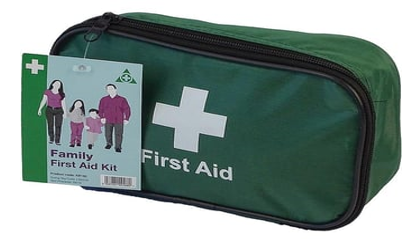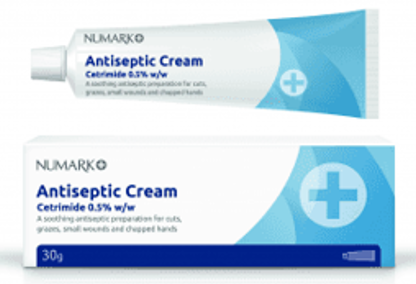First Aid Kits and their suggested contents
The website GOV UK Health and safety for school children informs us that schools are responsible for a child's health and safety during school hours and when on field trips / excursions. It does not cover coming to or going home from school. The website National Accident Helpline goes further and reminds us that children are most likely to be seriously injured in the after-school rush. A survey between 2008 and 2012 found that 3,500 children were killed or seriously injured on the roads between 3pm and 7pm. Numbers have not dropped since that time. The website states “We see a massive peak at this time of day, from serious burns and road accidents through to more minor injuries. Burns from hot drinks and kettles are particularly distressing"
Although children are generally more accident prone than adults anyway, they will often injure themselves walking to or coming from school because they are far more likely to be taking unnecessary risks / playing / messing around with potentially less supervision from responsible people with greater hazards e.g. traffic and hot water. The vast majority of injuries are, luckily, very minor e.g. scrapes to the knees and splinters. Because of this it is good practice to keep a well-stocked first-aid kit in the home and community pharmacy can help with this. This is because customers may well come to the pharmacy for advice on these and even which kits to purchase.
One question you may well be asked by a customer is what sort of products they should have in their Home First-Aid Kit. There is no set rule exactly what should be in a first-aid kit in the home, but a great starting point, as suggested by the website First Aid UK would be:
- A first aid bag (or box) to keep everything together
- A leaflet with general guidance on first aid
- A First Aid for Children guidance leaflet – to help you feel confident in your emergency response.
- Individually wrapped sterile plasters of assorted sizes
- Some extra plasters (you can never have enough!)
- Sterile eye pads
- individually wrapped triangular bandages, preferably sterile
- Safety pins
- Large and medium-sized sterile, individually wrapped, unmedicated wound dressings
- Disposable gloves.
- Blue detectable plasters – in case you need them while handling food
- Burn gel
- An eye wash pod and eye wash
- Two additional sterile eye dressings
- An instant cold pack
- Small, medium and large sterile gauze dressings
- Crêpe rolled bandages
- Tweezers
- Scissors
- Alcohol-free cleansing wipes
- Sticky tape
- Thermometer (preferably digital)
- Skin rash cream
- Cream or spray to relieve insect bites and stings
- Distilled water or sodium chloride for cleaning wounds
- Antiseptic cream
There a quite a few items on this list and your community pharmacy may well stock many (or all) of these individual products, or even complete first aid kits. Numarknet has a wide selection of different type and size of first aid kits, first aid equipment and first-aid supplies that can be bought for onward sale. As well as providing a quality service to your customers it can be used as a revenue stream for the business.




